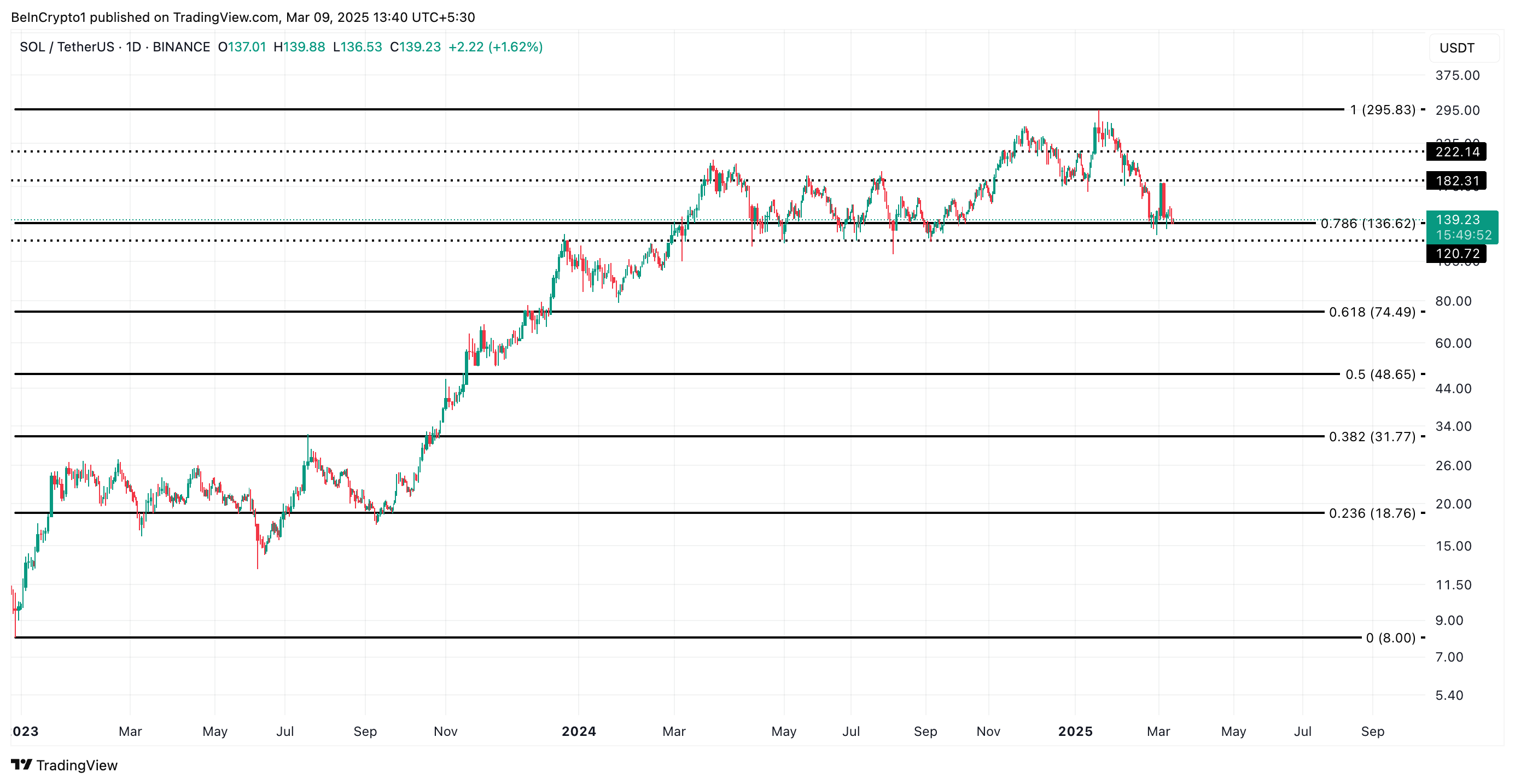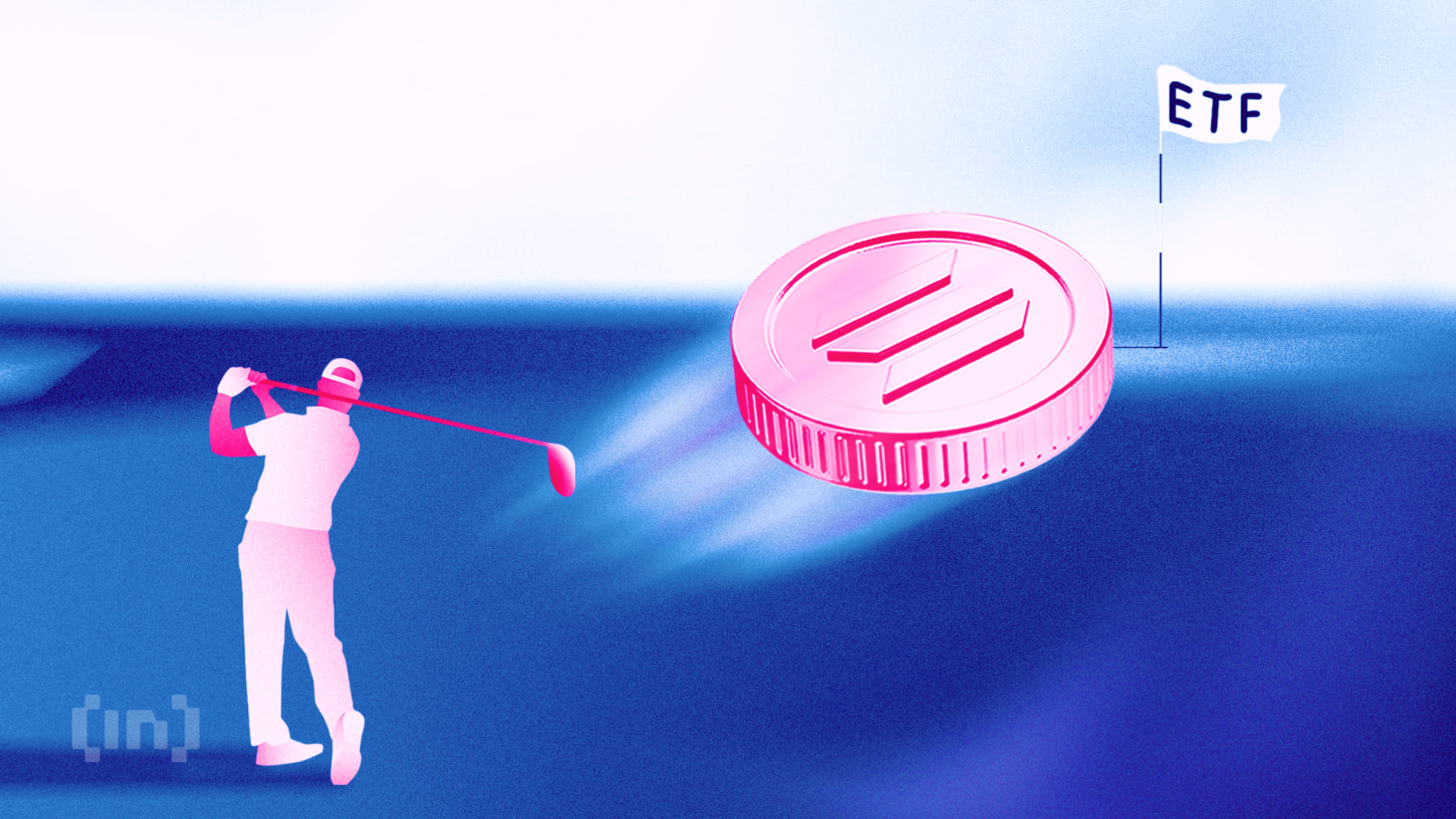Crypto is evolving at breakneck speed, pushing exchanges to redefine innovation and transparency in every aspect of their operations. Few leaders have witnessed this transformation as closely as Dr. Lin Han, founder of Gate.io—one of the industry’s oldest exchanges.
BeInCrypto interviewed Dr. Han during TOKEN2049 Dubai to explore how Gate.io approaches expansion, regulation, and user trust amid today’s high-stakes competition. He also shared his insights on DeFi, institutional trends, and the growing role of AI across crypto platforms.
With over a decade of experience and more than 22 million users worldwide, Dr. Han brings a unique perspective on the lessons learned, the critical role of security, and the balance between centralized and decentralized finance. The conversation took place during an industry event, diving deep into the company’s approach and the future of Web3 exchanges.
This interview uncovers how Gate.io defines its long-term vision, adapts to regulatory shifts, drives institutional adoption, and expands seamlessly from Web3 to traditional finance, powered by AI-driven solutions and a relentless commitment to transparency.
Strategic Growth, Competition, and Long-Term Vision
We regularly analyze the data, track industry developments, observe user demand, and follow emerging trends. In the early days, I personally spent time in communities, diving into forums and platforms to see what people were talking about, what they were using, and what they needed. That helped us understand what to build and offer.
Now, of course, our team has grown significantly, so I no longer have to do it all myself. We have a dedicated team that handles data analysis and presents detailed reports, which help me make informed decisions for the entire company.
It’s definitely challenging—because in this industry, competition is extremely intense. You have to be both fast and highly innovative to stay ahead.
Over the past 10 years, I’ve seen many cryptocurrency exchanges and service platforms rise and fall.
I believe Gate.io is one of the oldest cryptocurrency exchanges still operating at a top-tier level in the industry. We’ve been through many challenging situations over the years.
Overcoming those challenges required a lot of hard work and resilience. In my view, the most important factor is long-term thinking. In the crypto world, there are countless opportunities—but to truly succeed, you have to think beyond short-term gains and focus on sustainable growth.
You always keep that in mind. But you shouldn’t just focus on short-term benefits—you have to think long-term. For example, it’s essential to build trust with your users.
You also need to seriously consider regulation. Compliance requires significant investment and effort to build the proper infrastructure. It’s a long-term commitment.
Sometimes, you have to be very patient—it can take several years just to obtain a single license.
That’s quite normal, yes. But when you focus on the long term, I think it becomes easier to accept and manage.
Institutional Adoption, Proof of Reserves, and Trust Building
It all comes down to building trust with users. Back in 2020, we developed a method to prove to users that we still securely hold their funds.
We wanted to demonstrate that we don’t move their assets—that their funds are safely stored and can be trusted. To achieve this, we introduced a method called the Merkle Tree system.
We also open-sourced the code so that anyone can verify it. Users don’t have to rely on trust alone—they can trust the transparency of the code.
This approach was a major step in implementing proof of reserves. Since then, the assets we manage on behalf of users have grown significantly, many times over.
Today, we manage more than $10 billion in crypto assets for our users. This transparency is especially important for our institutional clients. Most of them are large traders who deposit significant amounts and expect a high level of trust.
We use the same proof-of-reserve system for them as well. These institutional users not only trade on our platform but also provide liquidity for retail users, so their trust and participation ultimately enhance the overall security and experience for everyone. That’s why this is such an important part of our infrastructure.
Expansion in Dubai and Beyond
The VARA license is a very important milestone for us in Dubai. As we all know, Dubai is a key hub for the global crypto industry.
Everyone loves Dubai, and many industry players are relocating here. Over the past two or three years, more than a thousand crypto-related companies and entities have moved to Dubai.
The reason is clear: Dubai offers a very crypto-friendly environment. That’s why we’re also planning to build a major office and grow a strong team here.
If you look at global crypto adoption, the average penetration rate is around 10%, meaning 10% of the global population holds crypto. But in Dubai, it’s much higher—over 25%.
This shows how well-developed the crypto ecosystem is in Dubai. So, obtaining this license is a big step forward. It enables us to operate in a compliant and regulated way, not only in Dubai but also across the broader MENA region.
User Security, Transparency, and Asset Protection
I believe this is the most important aspect for users.
Globally, as you mentioned, regulations are becoming increasingly strict. We’re now seeing many regions where regulatory frameworks are already in place—such as Dubai, Malta, and in Europe with the MiCA (Markets in Crypto-Assets) license.
In these jurisdictions, when we apply for a license, we must demonstrate to regulators that we have robust mechanisms in place to protect user funds. We provide full transparency—detailing how we manage wallets, how we secure private keys, how we handle cold and hot wallets, and how we distribute keys across multiple secure locations to ensure safety.
Additionally, in many of these regulated regions, we are also required to purchase insurance for our users, further strengthening fund protection.
This means that in regulated markets, user funds are extremely well-protected. In other regions where regulation is not yet clearly defined, we still apply our own high standards. We show users that we have strong systems in place to safeguard their assets from hackers and other risks.
As mentioned earlier, we also provide proof of reserves—another key layer of trust and transparency for our users.
AI Integration: Innovation in Security and User Experience
AI is everywhere now. At Gate.io, we use AI extensively—both in our daily operations and within our products.
Internally, we rely on AI for UI and graphic design, product development, branding, and marketing. It’s become an integral part of our workflow.
What many people may not realize is that we also use AI heavily to assist with coding. It’s incredibly efficient and provides significant support to our developers.
AI also plays a crucial role in protecting our platform. It’s especially valuable for enhancing security. By leveraging AI, we can analyze security logs much faster and more accurately. It helps us detect both external and internal threats quickly and effectively.
On the product side, we’ve already integrated AI features for our users. For example, we offer AI-generated news summaries so users can stay up to date quickly and efficiently. AI-powered summarization has proven to be very helpful.
We also use AI to analyze users’ financial data. This allows us to show users how to optimize their funds, assets, and balances—providing insights that can be a strong layer of support and assurance for their financial decisions.
Future Role of Centralized Exchanges
We always say that DeFi is the future, and today, many users are already using Web3 wallets and engaging with DeFi regularly. Gate.io started as a centralized exchange (CEX), but now we’ve also launched a Web3 wallet and provide on-chain services for our users.
I’m constantly thinking about how to build the next-generation exchange—one that can serve billions of users worldwide. That means we need to support different preferences. If someone wants to use a traditional account, that’s fine. If they prefer a Web3 account, that’s fine too.
We aim to offer every possible access method. At the same time, we want users to have full flexibility, whether they want to interact with on-chain assets, off-chain assets, or both.
As a platform, we now offer both CEX and DEX functionalities. Rather than competing with Web3 or DeFi, we’re actually integrating them, bringing both experiences together under one roof.
Leadership Lessons and Advice for Web3 Founders
I’ve learned many valuable lessons from this industry.
About 10 years ago, when I started in this business, I didn’t know much at the time. I saw a lot of opportunities and wanted to seize them quickly—so I moved fast, trying to catch up with everything.
But I overlooked risk management and security. That was a major lesson for me. You move quickly, and then suddenly, you get hacked or face a serious issue.
It was a painful but important realization: I needed to slow down, focus on building strong infrastructure, and make sure everything was secure from the beginning.
That early experience taught me a lot. I believe it’s one of the reasons Gate.io has remained so stable over the past 10 years. I’ve truly benefited from that shift in mindset.
For others—especially Web3 founders and new entrants into the industry—I believe it’s critical to think about these things early. Learn from the lessons we’ve already paid for. That’s incredibly important.
Conclusion
This conversation with Dr. Lin Han reveals what sets Gate.io apart: a clear focus on trust, relentless pursuit of innovation, and an unwavering commitment to security in both centralized and decentralized finance. From deep integration of AI to proof of reserves and full regulatory compliance in major hubs like Dubai, Dr. Han’s experience highlights the value of long-term thinking and solid infrastructure.
As crypto adoption accelerates, Gate.io’s ability to blend traditional and next-generation finance could shape the path for exchanges worldwide. Dr. Han’s advice for new founders rings true—learn hard-earned lessons early, prioritize security, and strive for solutions that foster genuine user trust.
The post Gate.io’s Dr. Lin Han on Building Trust, Growth, and the Future of Crypto Exchanges appeared first on BeInCrypto.










